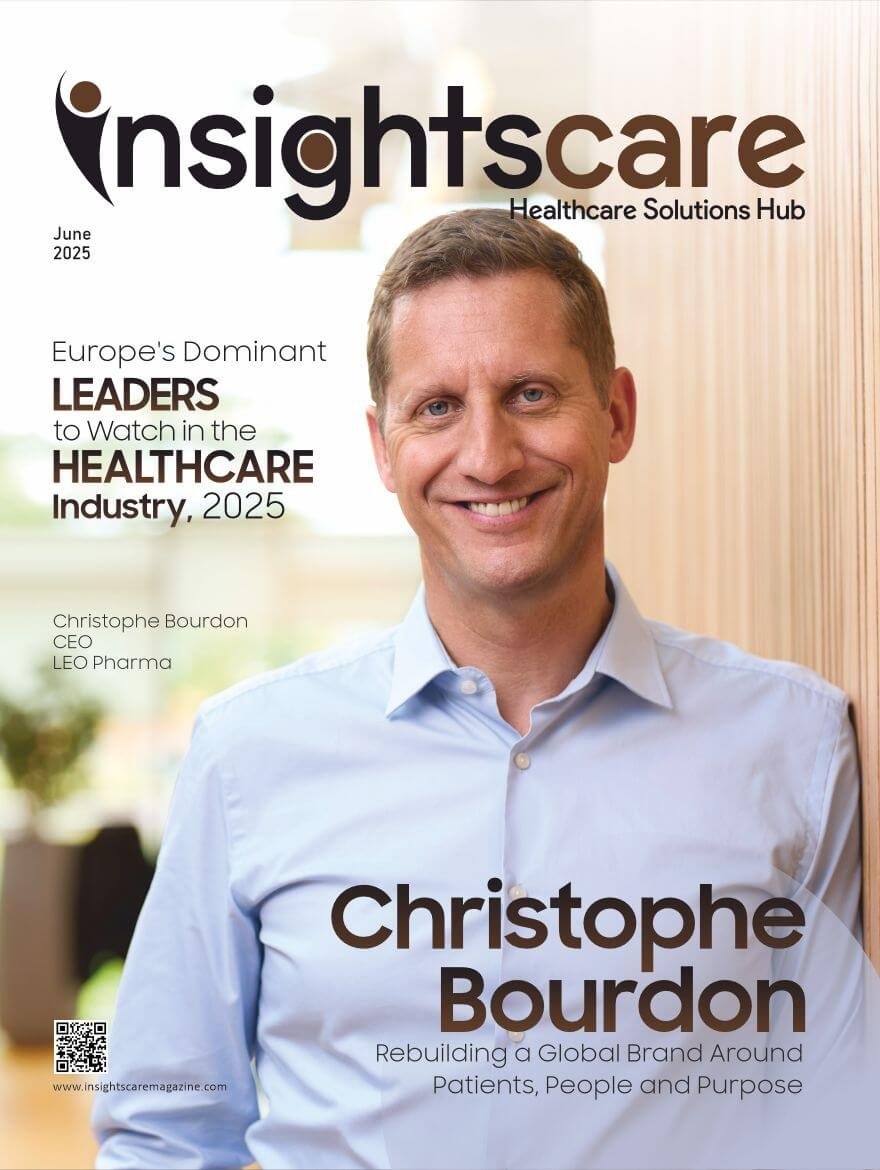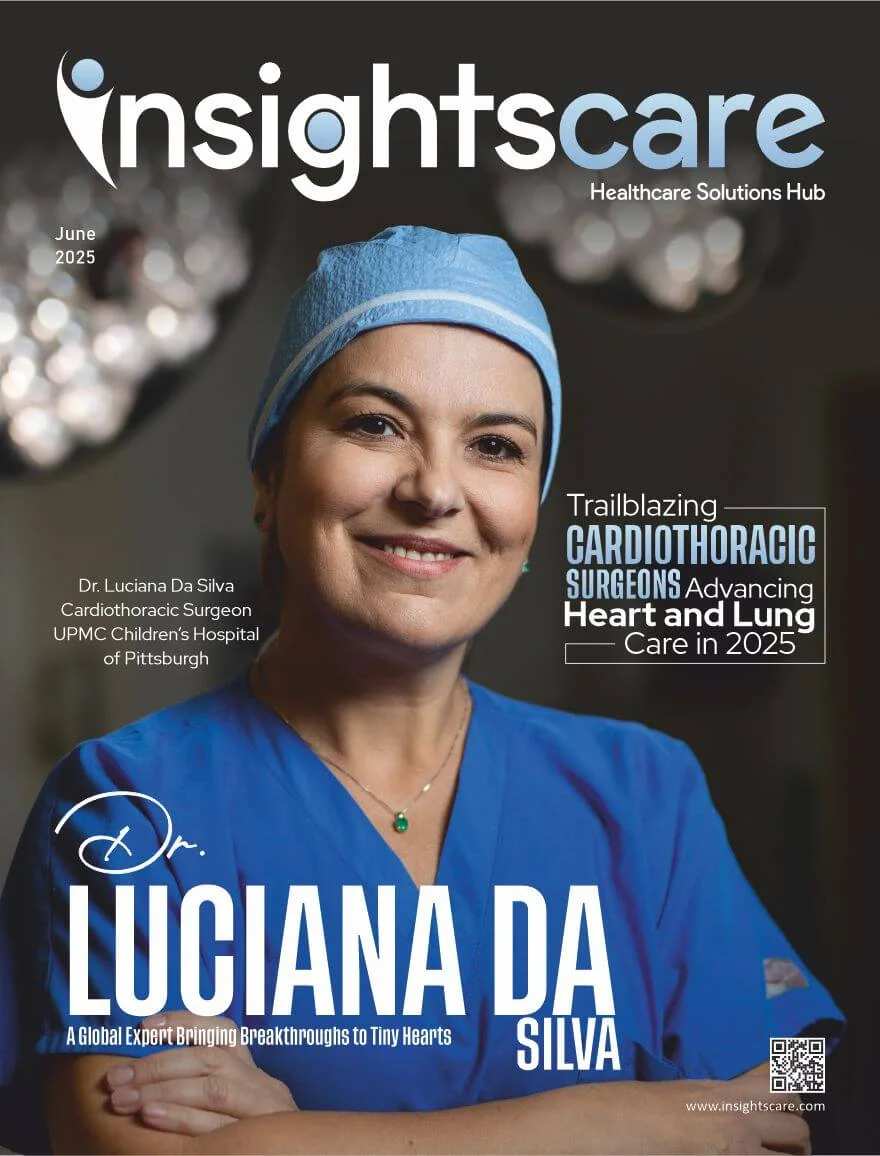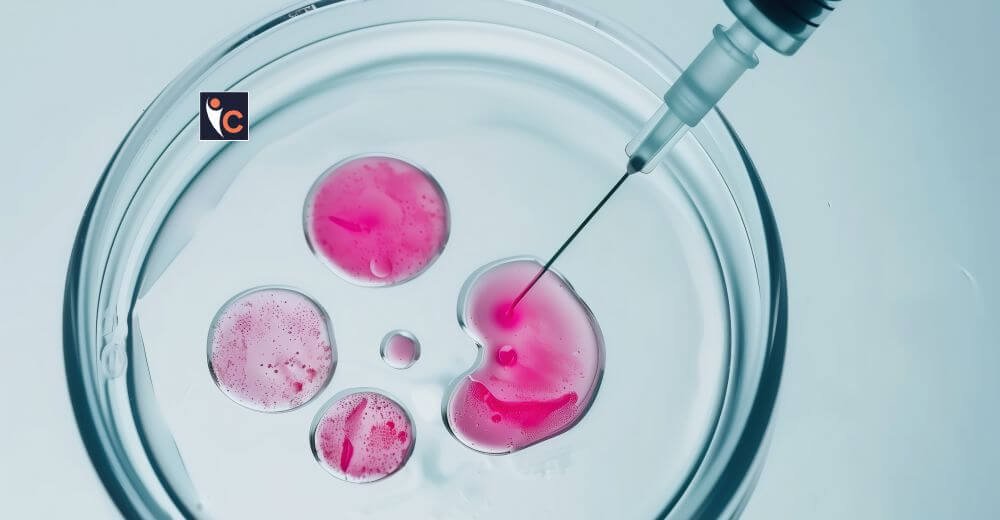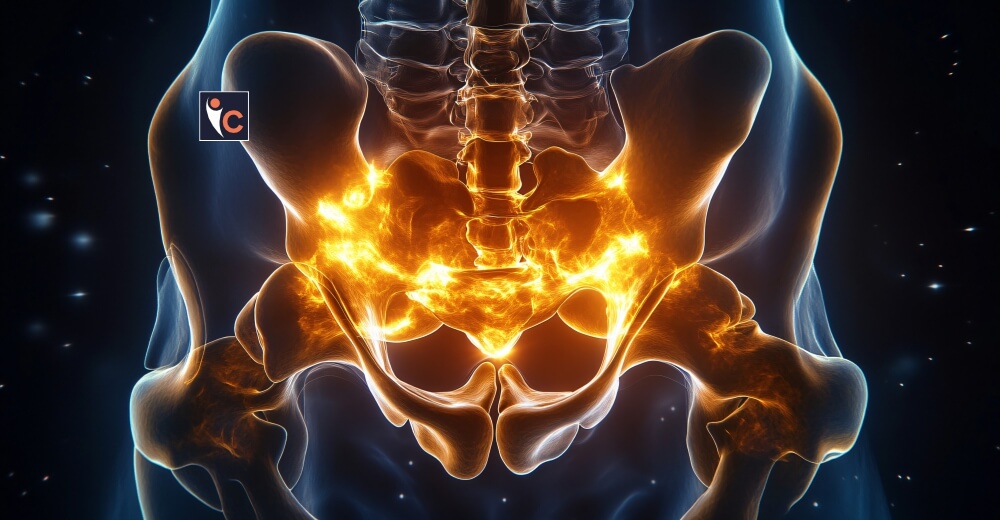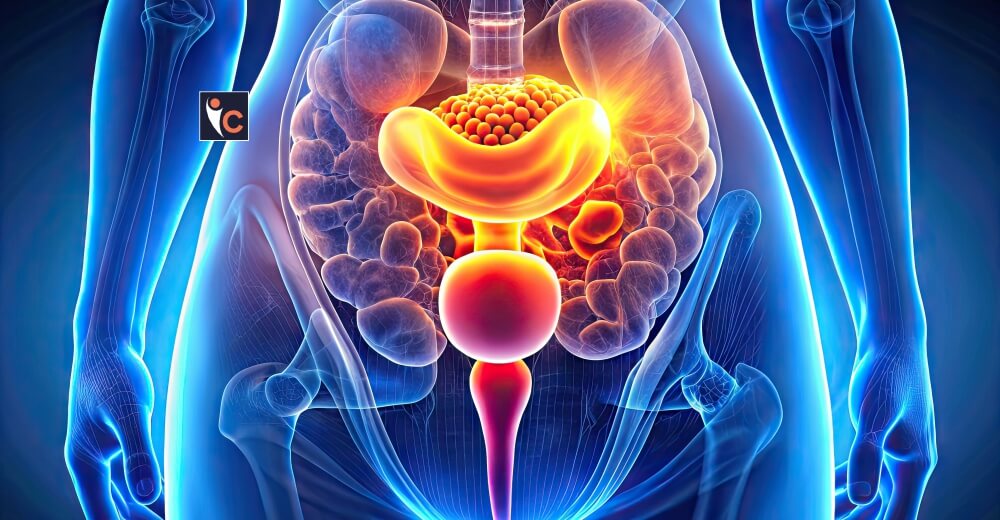What’s New in 2025?
In recent decades fertility treatments have improved significantly to help people and couples start or expand their families. During 2025 reproductive medicine changes how it works through both research advances and technology breakthroughs plus personalized patient care. Doctors now use personalized medical treatments to help patients better.
This article explains recent medical advancements that are transforming how we treat fertility problems today.
Customized Therapies
Modern fertility treatment patients now get tailored medical care instead of standard procedures. Doctors now base individual patient treatments on genetic data and biomarker results. Healthcare specialists develop individual medical plans by studying how patients’ genetic background interacts with their hormone levels and environment.
People can access PGT more easily thanks to improvements in this technology. Doctors now test embryos developed through IVF before placing them in the womb to identify genetic problems. The selection of healthy embryos increases the chances of successful pregnancies and birth deliveries.
Artificial Intelligence in Fertility Care
AI has significantly affected fertility treatment. Machine learning algorithms are now being used to analyze vast data regarding patient outcomes, treatment efficacy, and viability of the embryo. These tools can predict the probability of success for various treatment options more accurately than ever before.
They can therefore help physicians identify the ideal way to address conditions, unlike previous fertility treatments characterized more or less by trial-and-error approaches. Finally, advanced AI in embryo quality selection within IVF using image recognition boosts success levels.
Other Future Technologies of Assisted Reproductive Technology
Advanced techniques for IVF
In 2025 IVF stays central in fertility treatment while the methods used to perform it have advanced significantly. Doctors can now take immature eggs from patients and mature them inside a laboratory setting to help those facing hormonal problems and ovarian hyperstimulation syndrome.
Through next-generation sequencing we now see the complete genetic blueprint of embryos before selecting them for transfer.
Cryopreservation Advancements
Scientists can now freeze human reproductive cells with better results. Rapid freezing through vitrification now produces better survival results. Through technology advancements in 2025 doctors help cancer patients to save their fertility along with women who wish to postpone pregnancy and individuals looking for family planning options without stress.
In addition, new cryoprotectants have been introduced that enhance the viability of cryopreserved gametes and embryos, further supporting successful outcomes in future cycles.
Expanding Access and Affordability
Telemedicine in Fertility Treatment
The COVID-19 pandemic catalyzed the use of telemedicine, and the trend has continued up to date in 2025. Fertility clinics have started offering virtual consultations to patients so that they can access specialists from the comfort of their homes. This has increased access, especially for those who live in remote areas or are mobility challenged.
Telemedicine also facilitates continuous cycles of monitoring and follow-ups with regard to treatment, increasing patient engagement and adherence to a given treatment protocol. This flexibility does allow for a more personalized and responsive care experience.
Financial Innovations
Affordability is a challenge to most of the people who come for fertility treatment. New financial models introduced in 2025 include fertility benefit programs and crowdfunding platforms that assist patients with the high charges of treatment. Most of the insurance companies have recognized the benefits of fertility treatments and thus adopt the full plan.
Synthesis Integrative Approaches to Fertility
Complementary Therapies
As awareness of holistic health increases, complementary therapies are increasingly being integrated into fertility treatment protocols. Acupuncture, nutritional counseling, and stress-reduction techniques, such as yoga and mindfulness, are gaining popularity as adjunct therapies. Research indicates that these practices can improve fertility outcomes by enhancing overall well-being and addressing lifestyle factors.
Fertility Preservation for Cancer Patients
The conversation around fertility preservation has recently taken a more public space, particularly concerning cancer patients. In 2025, fertility clinics are adequately geared with a total program of care for chemotherapy and radiation treatment subjects. These programs will comprise egg freezing, sperm freezing before treatment, allowing patients to preserve the right of biologic conception in the future.
Future Outlook on Fertility Treatment
The future of fertility treatment seems brighter than ever as we look ahead. Ongoing research into the human microbiome, gene editing techniques like CRISPR, and the development of artificial gametes promises even more revolutionary changes in this field. Ethical considerations will undoubtedly accompany these technologies, so careful regulation and guidelines will be crucial as we navigate these advancements.
In conclusion, the fertility treatment landscape in 2025 is innovative and patient-centered, focusing on personalized approaches, advanced technologies, and holistic support. These developments enhance success rates but also improve the emotional and physical experiences of those on the family-building journey. As we continue to learn and adapt, hope for successful conception becomes more attainable for everyone.

